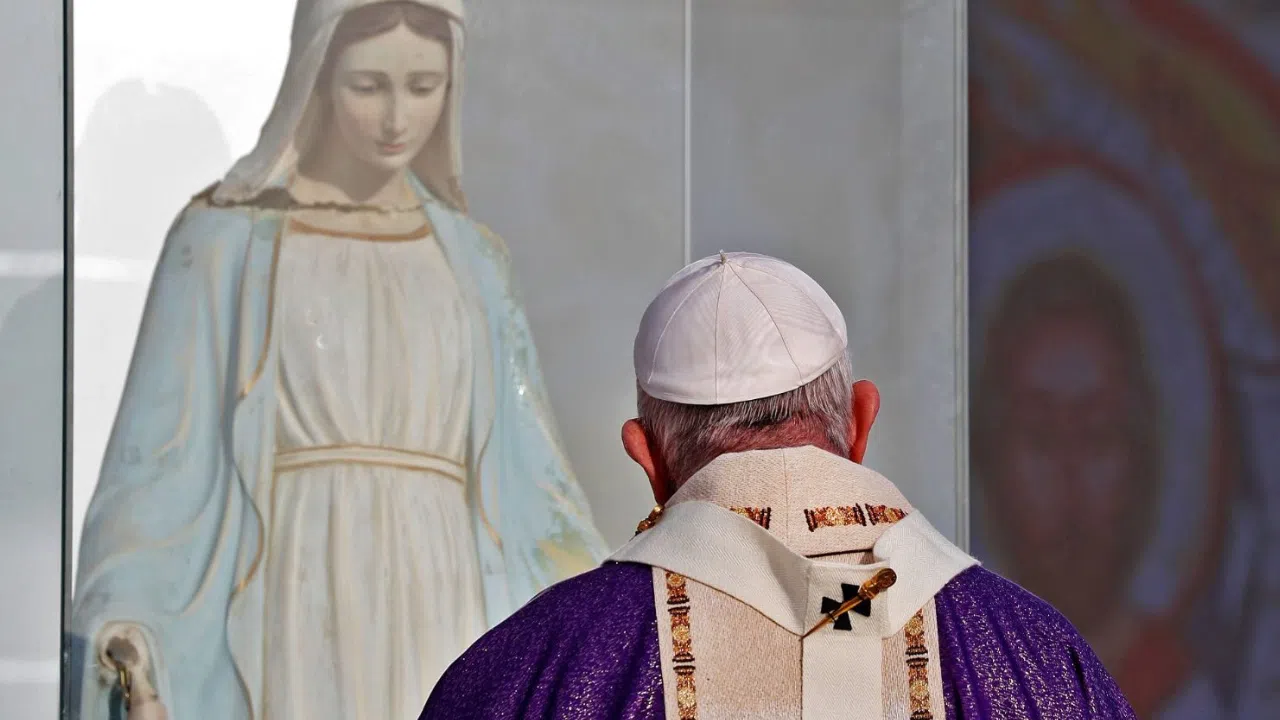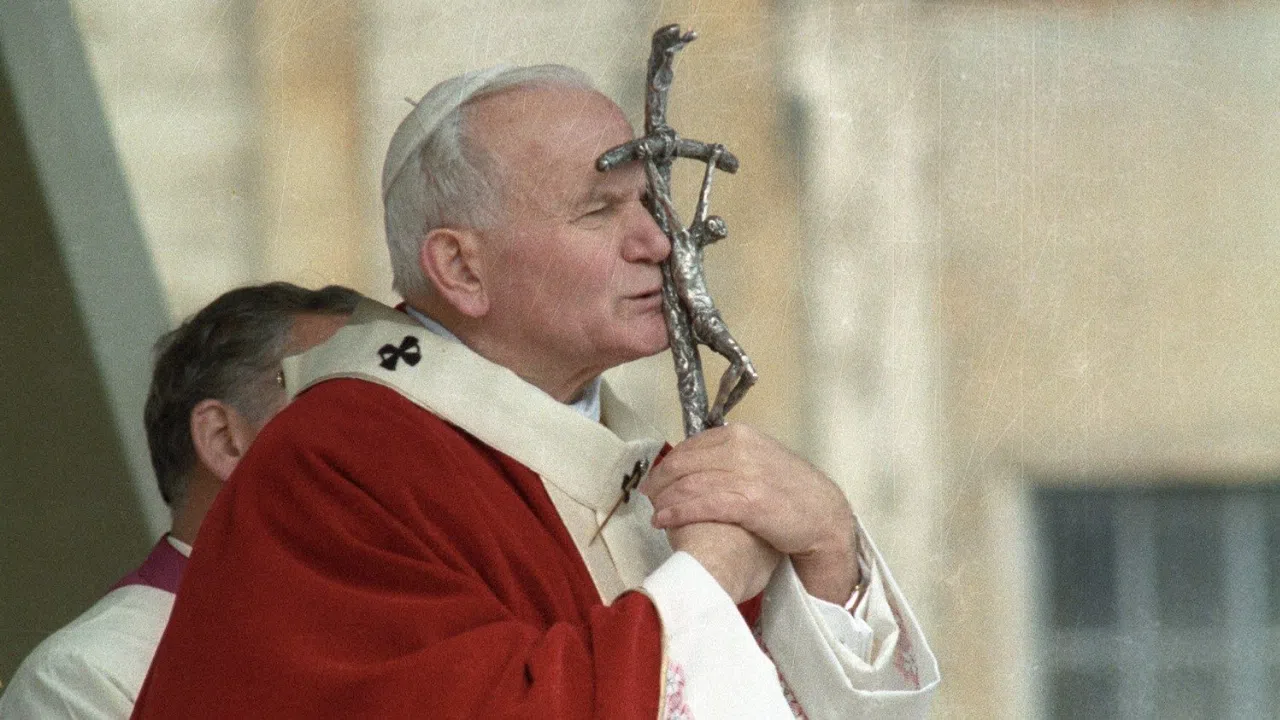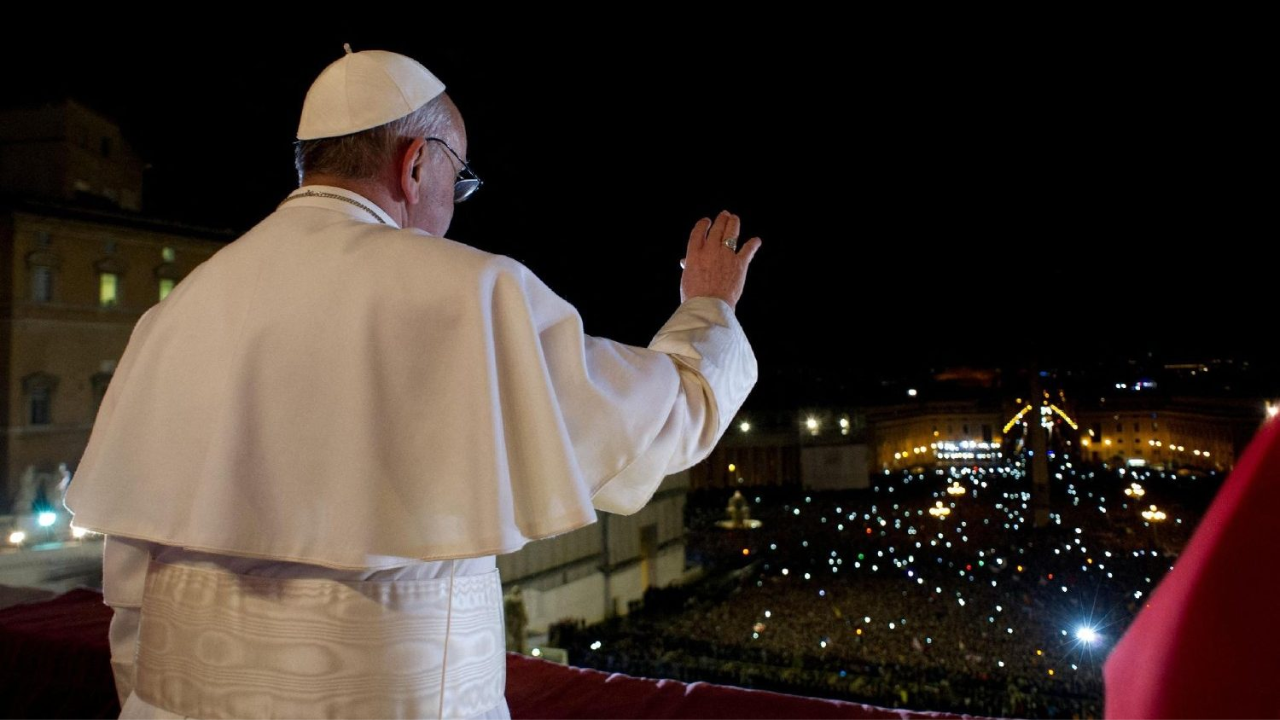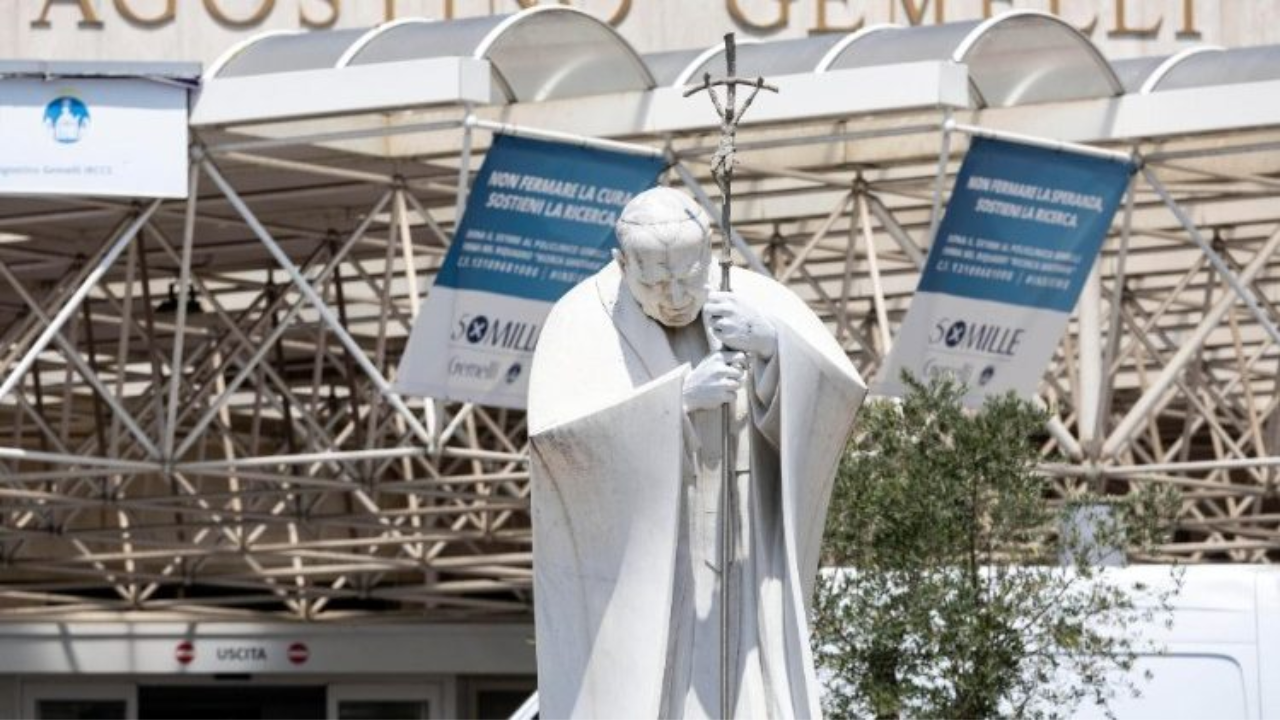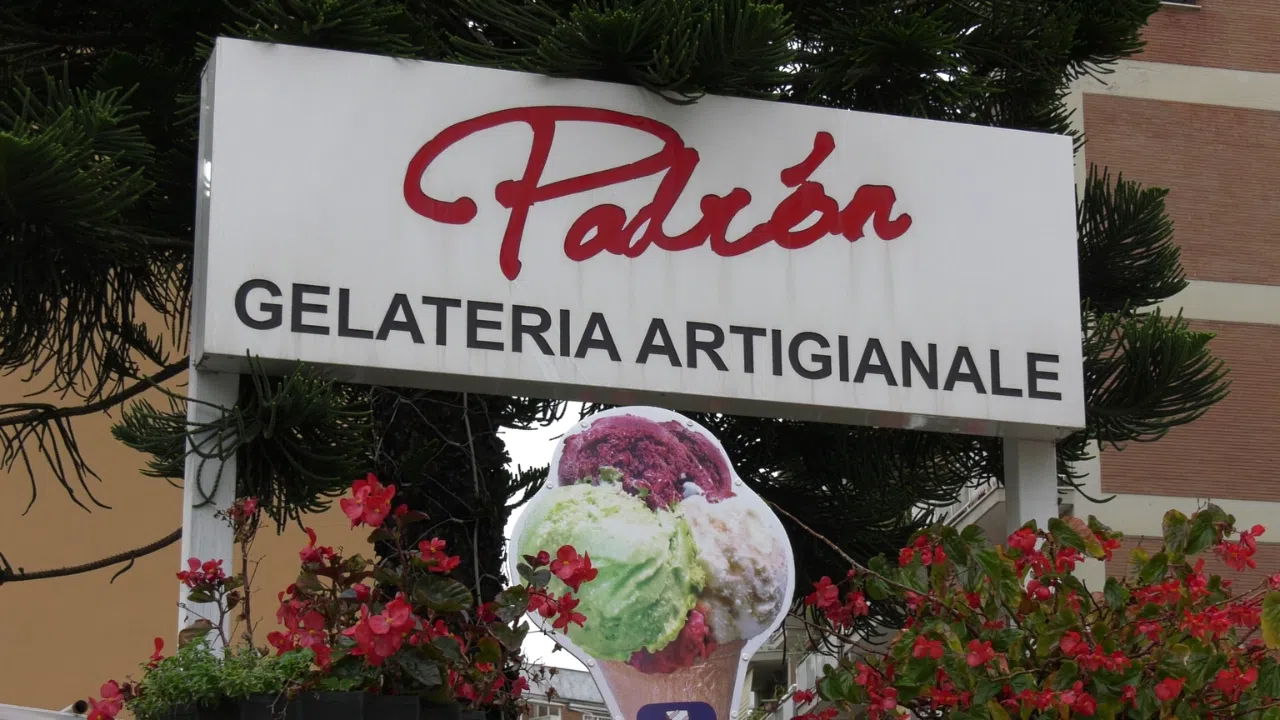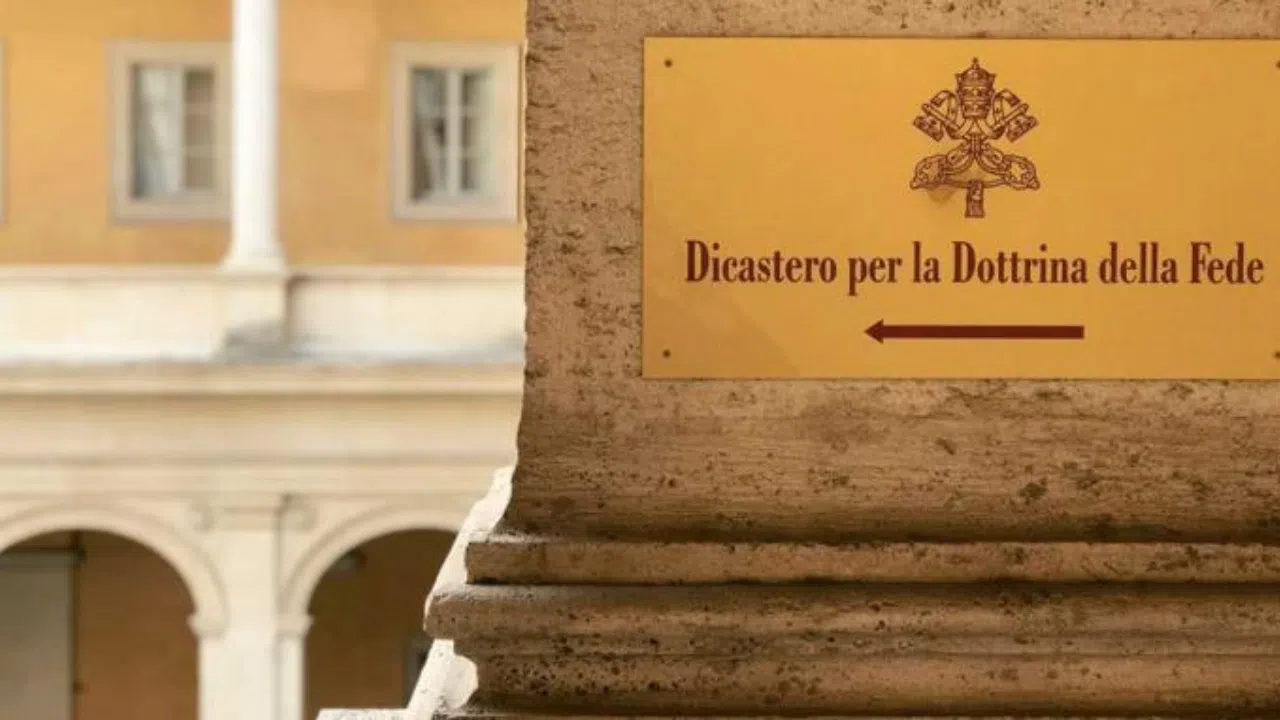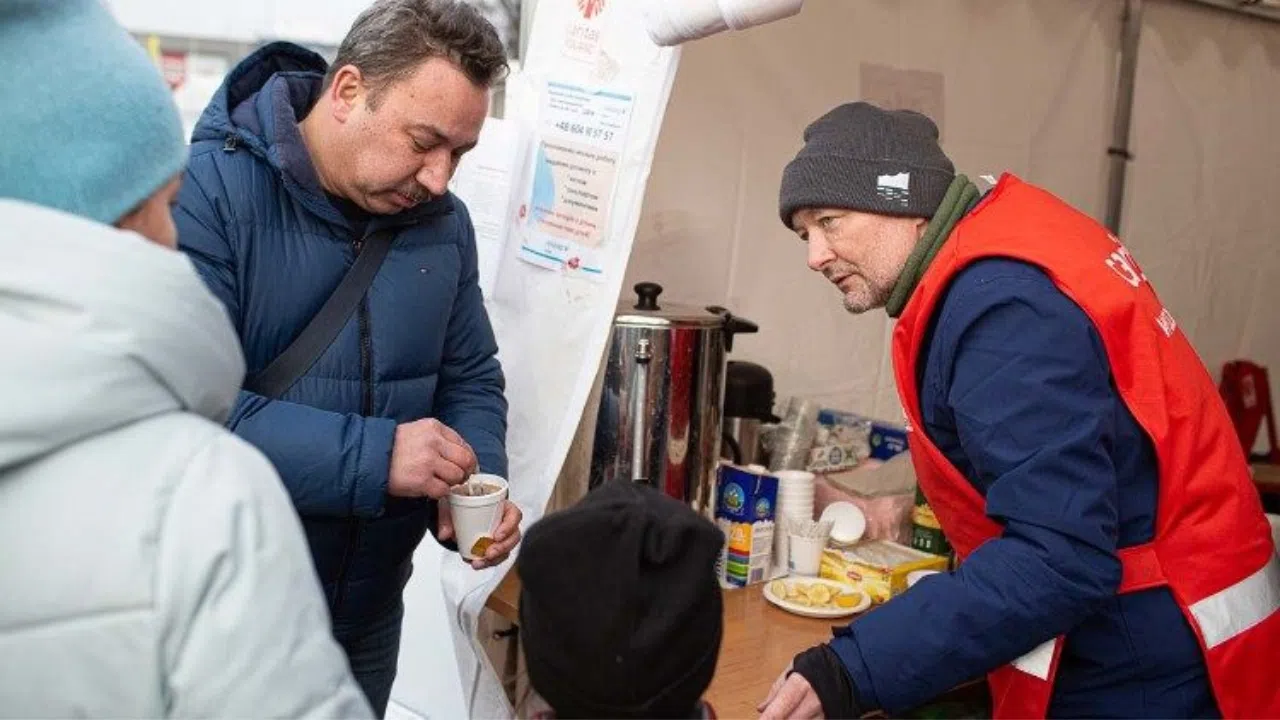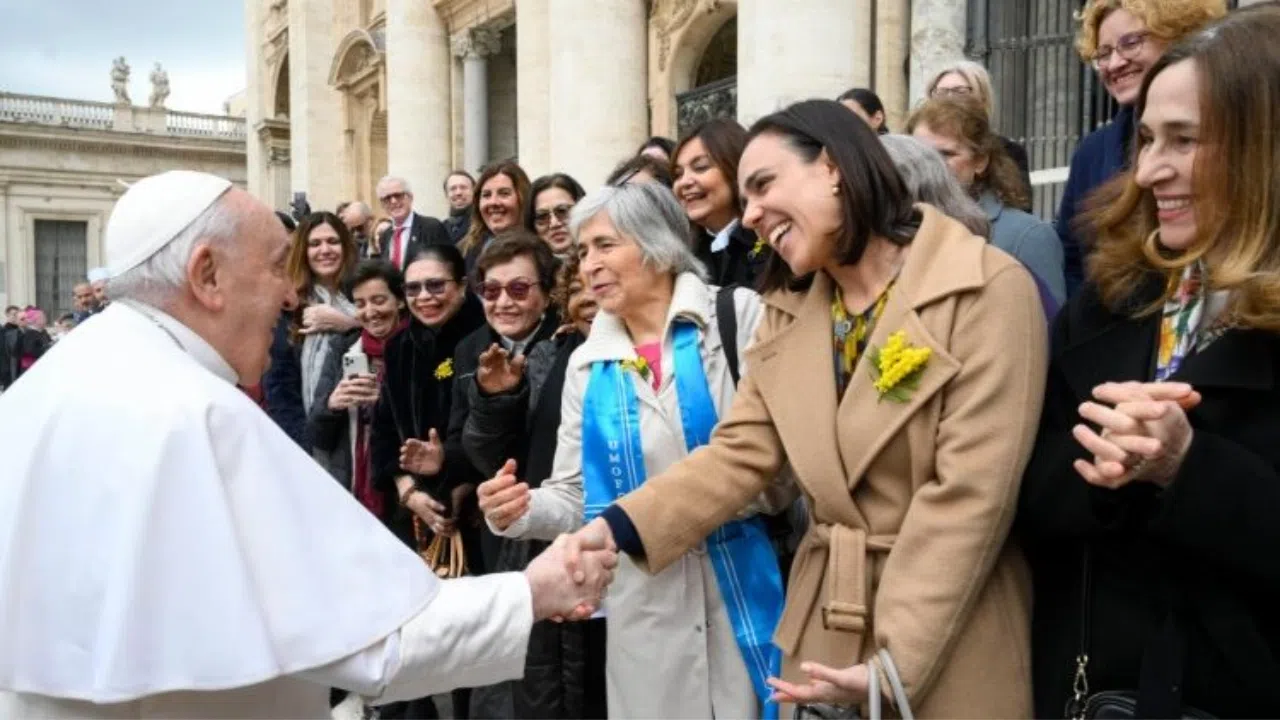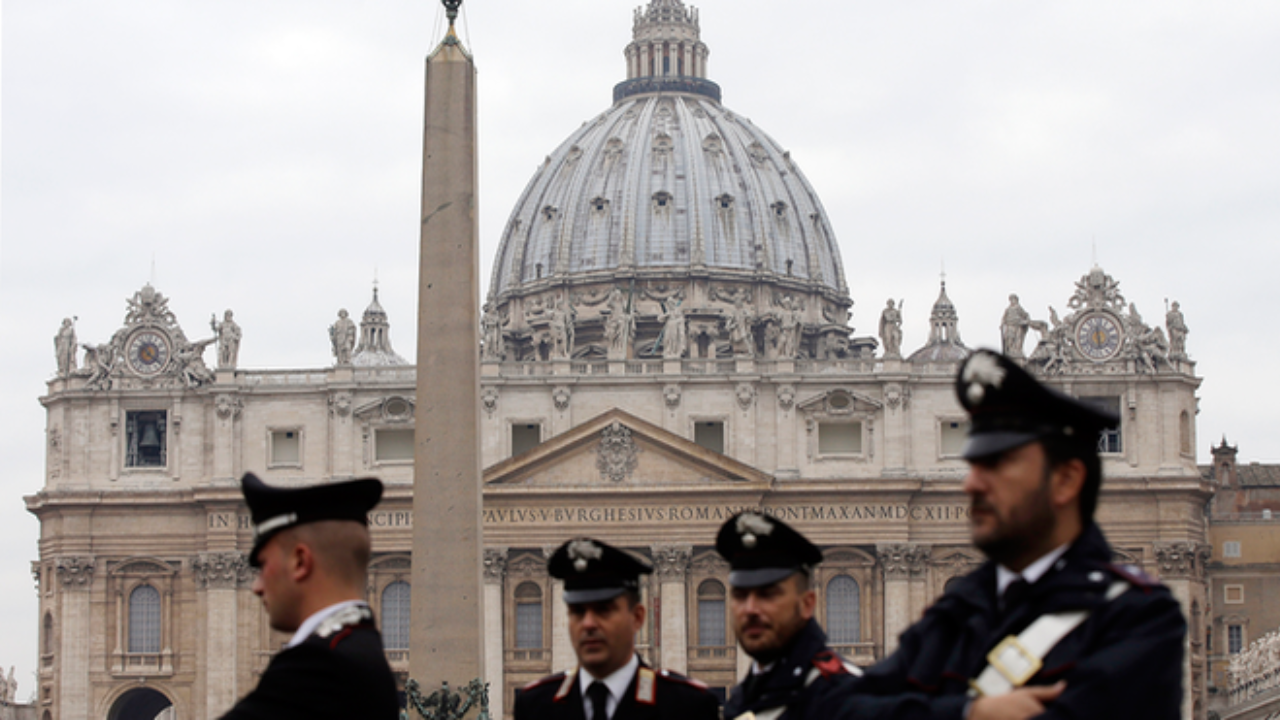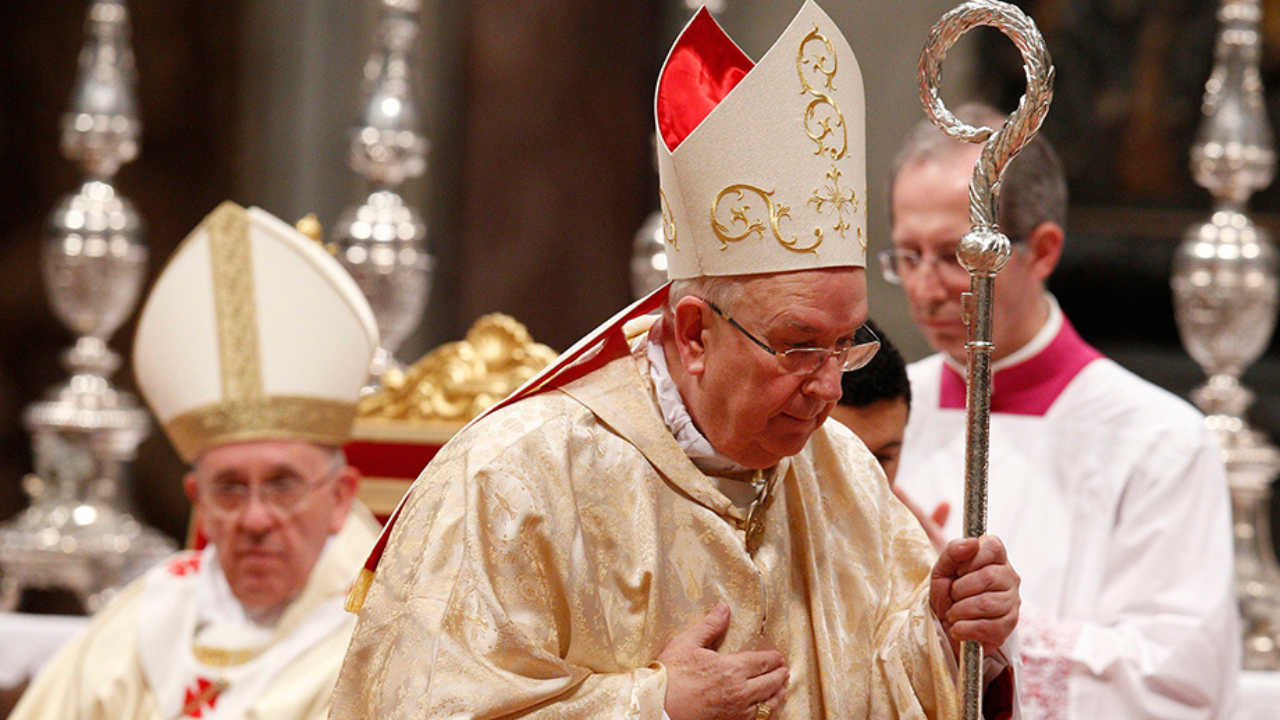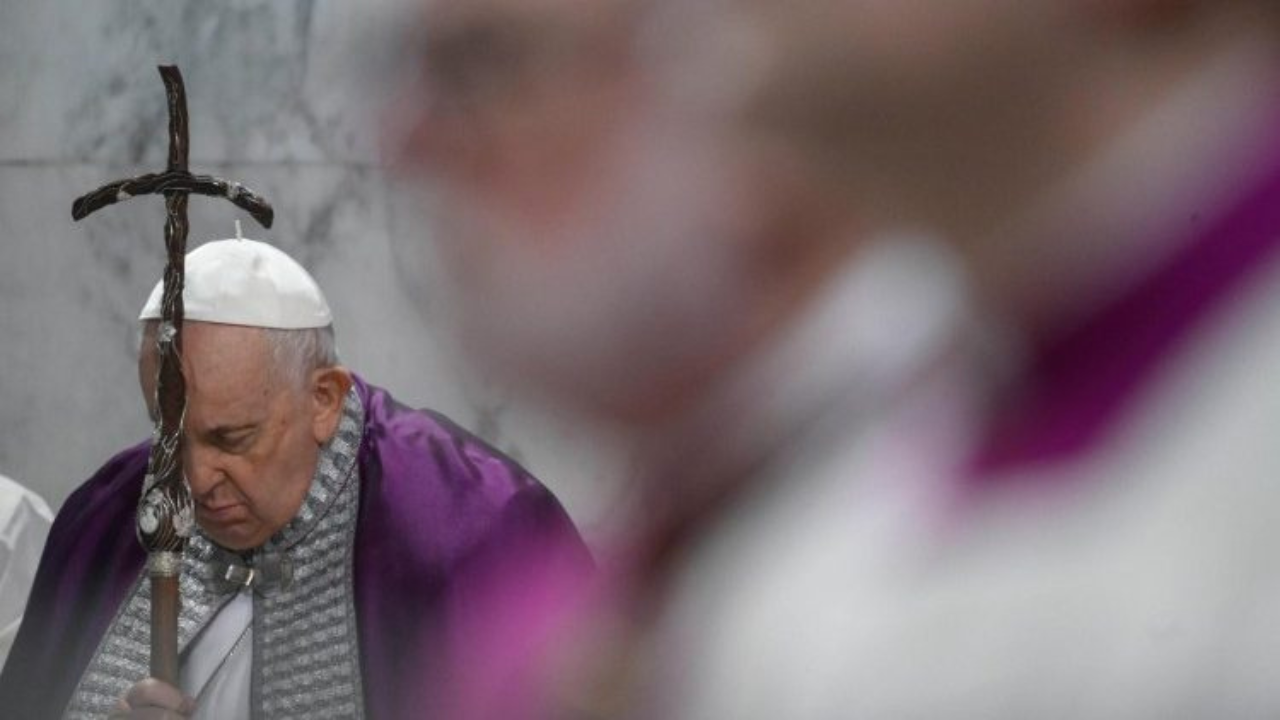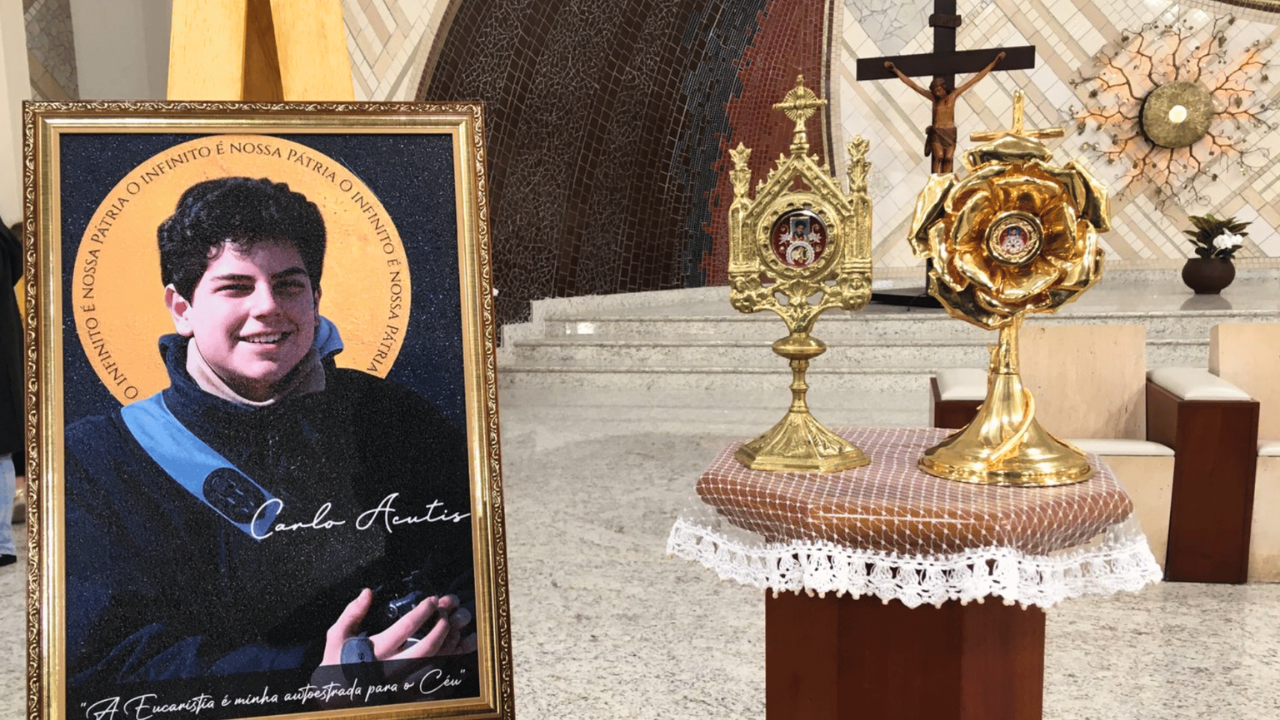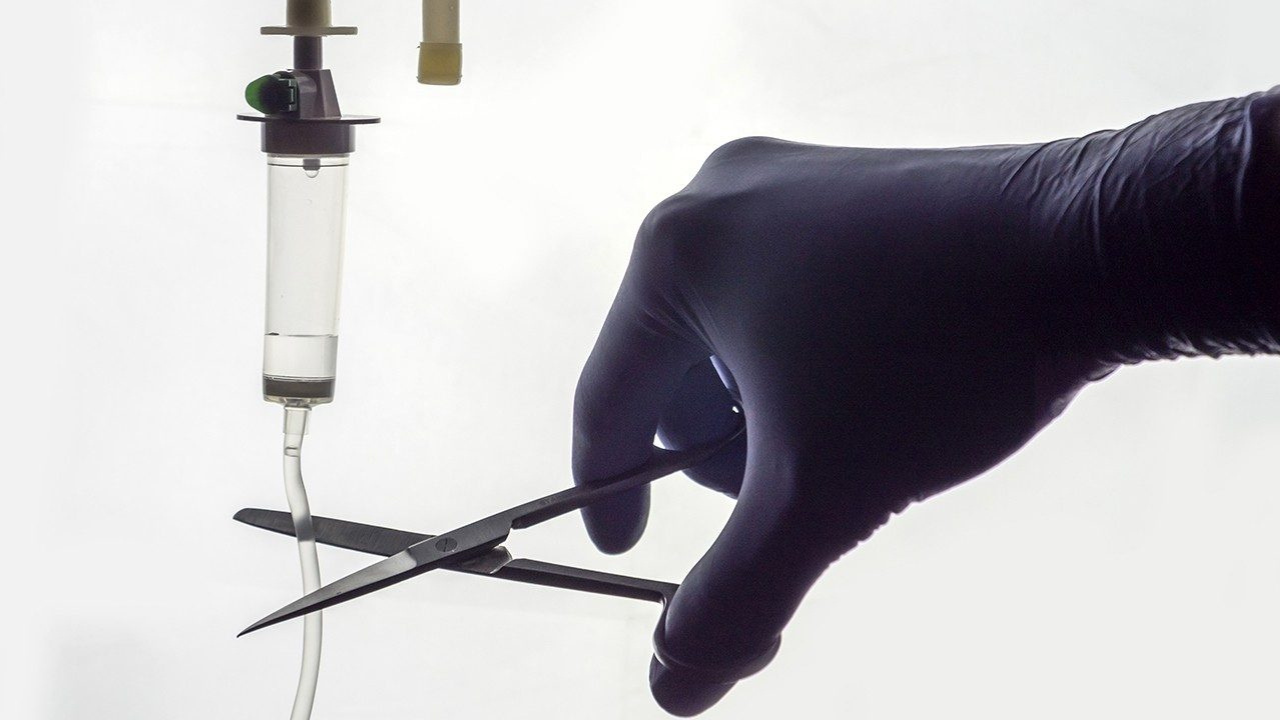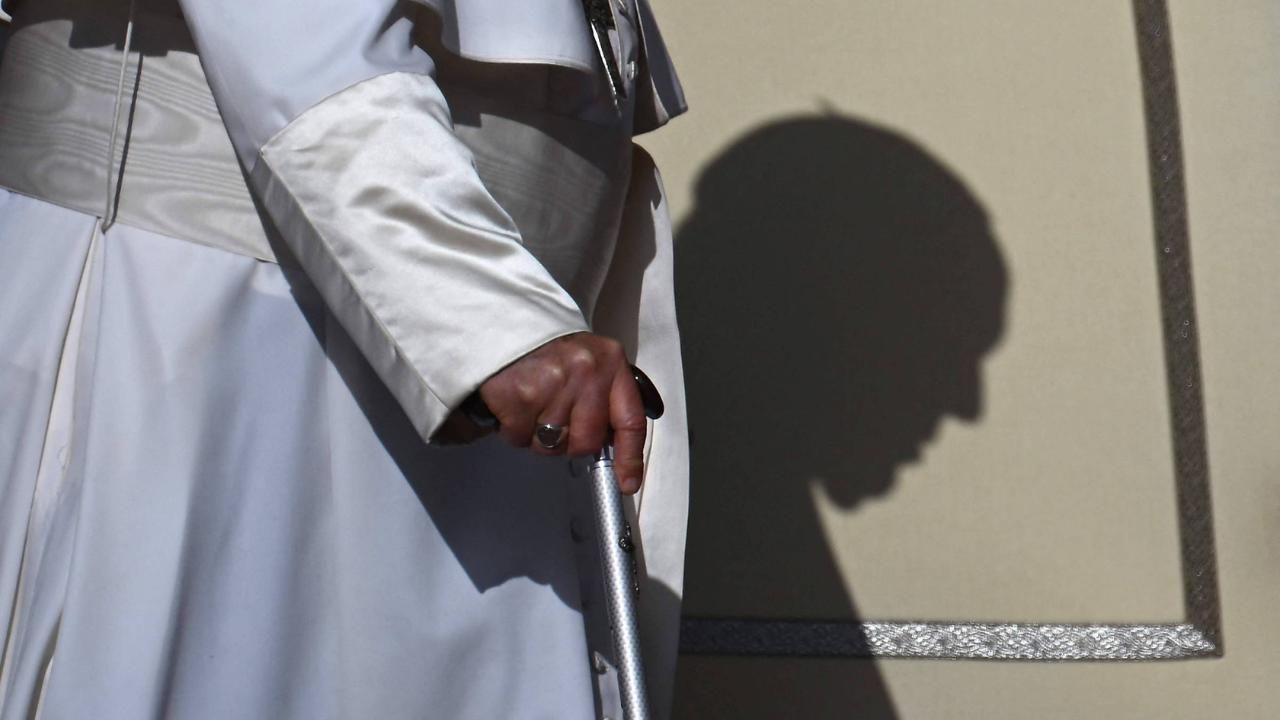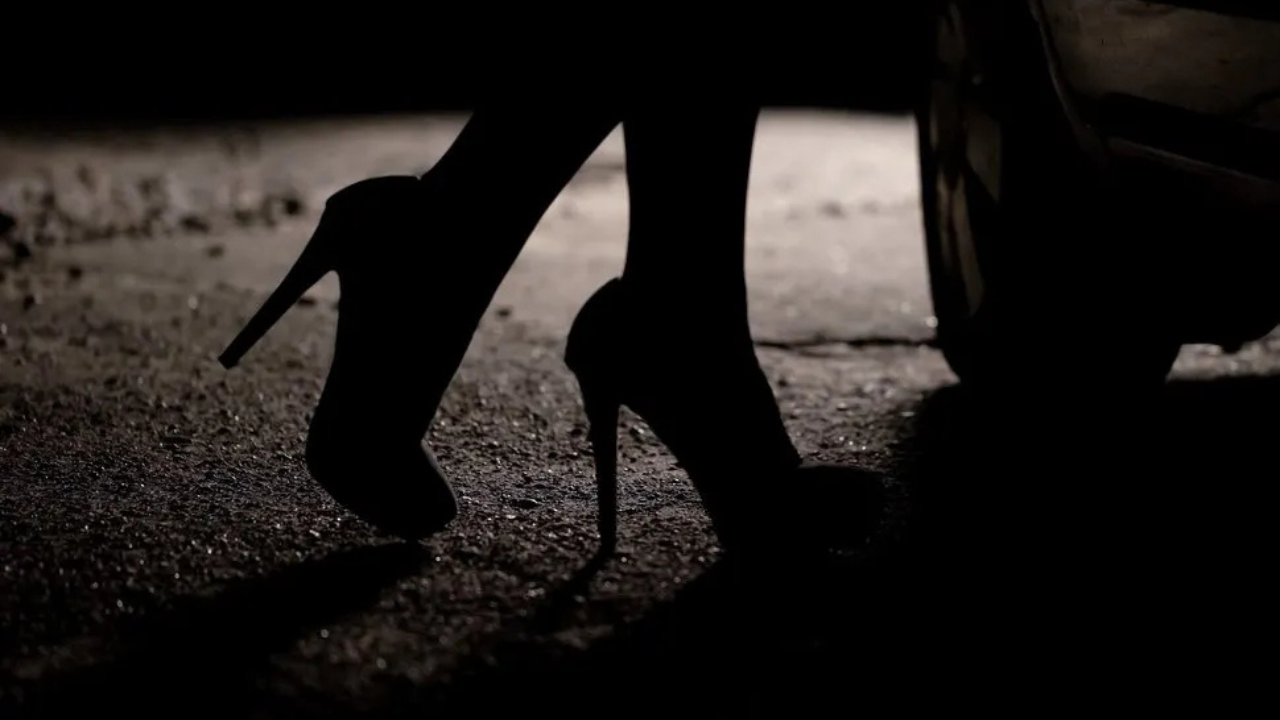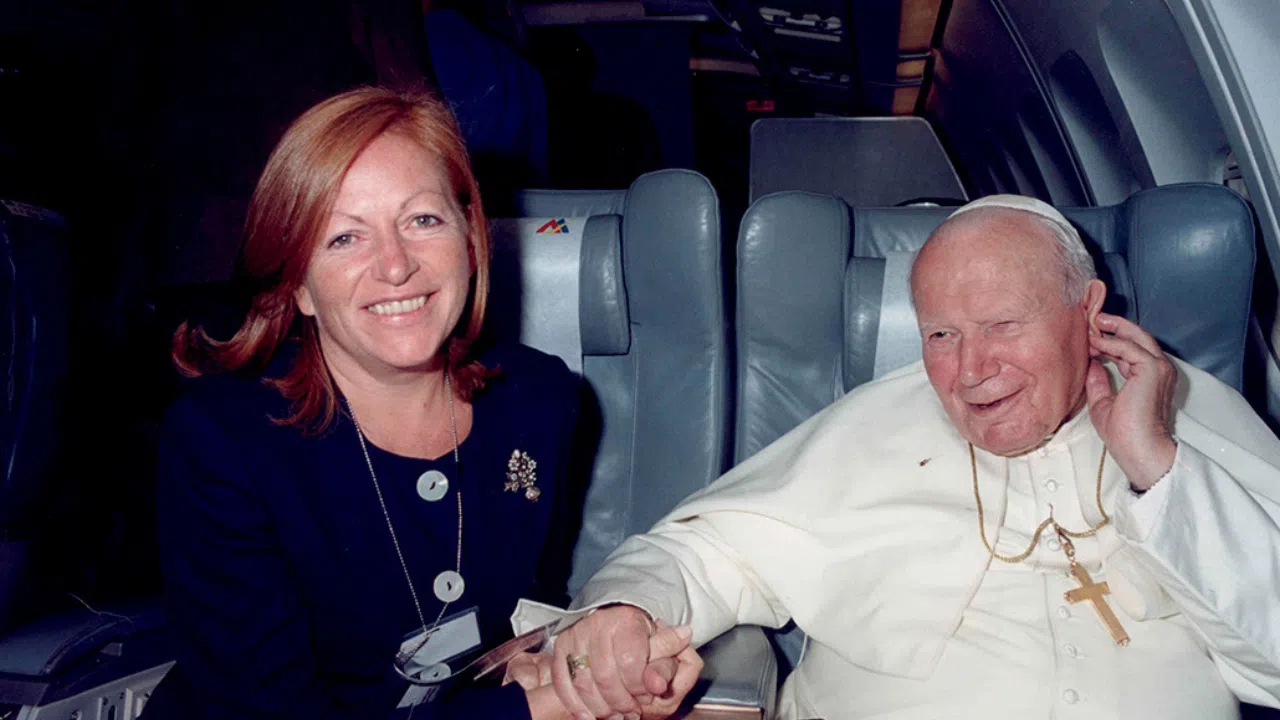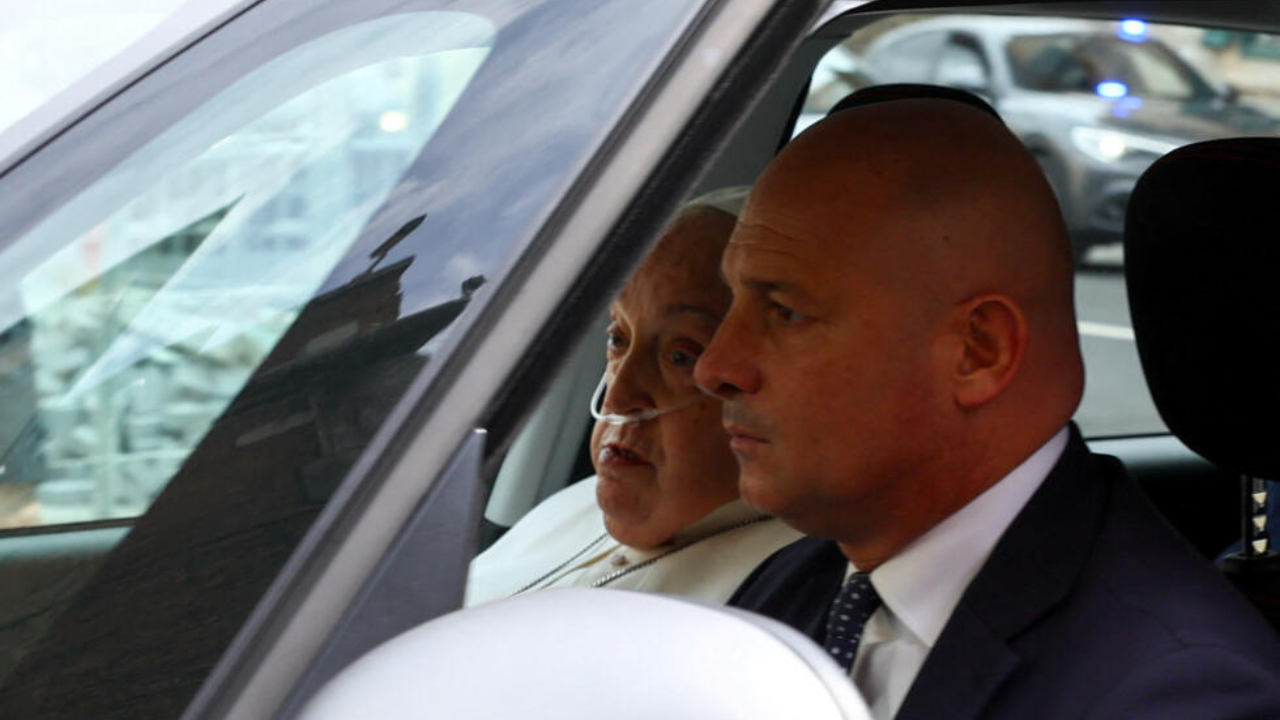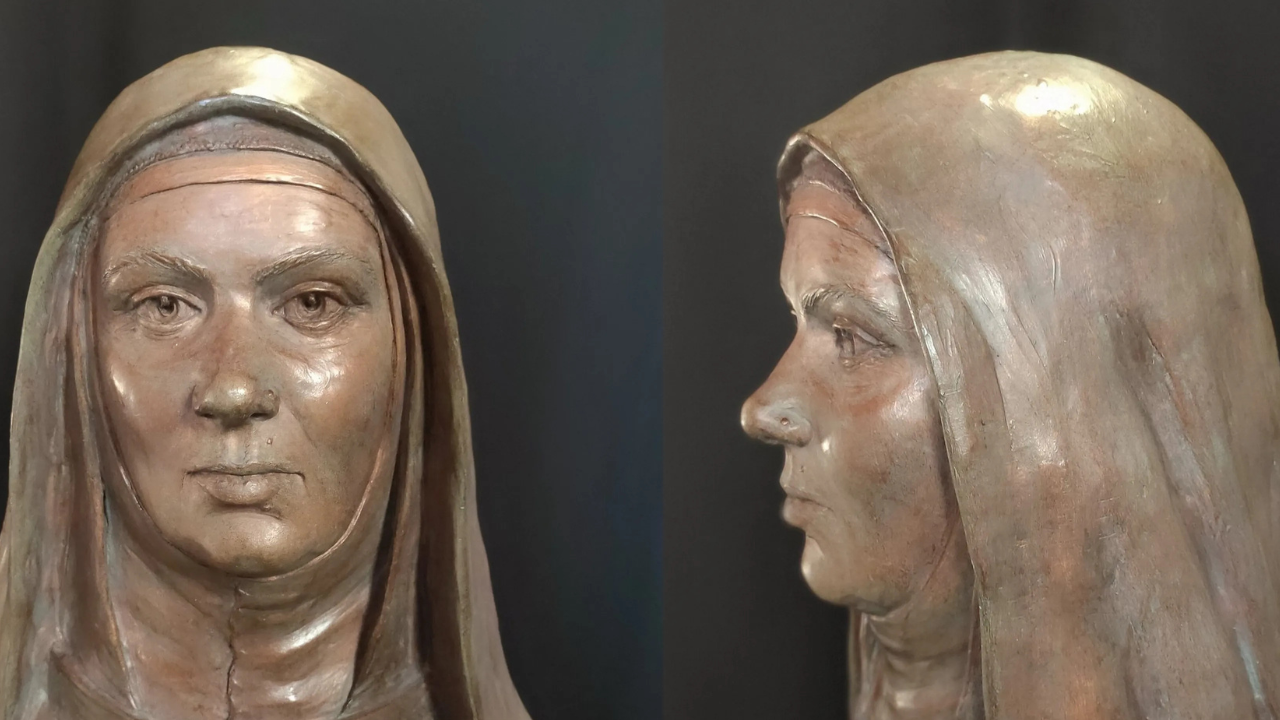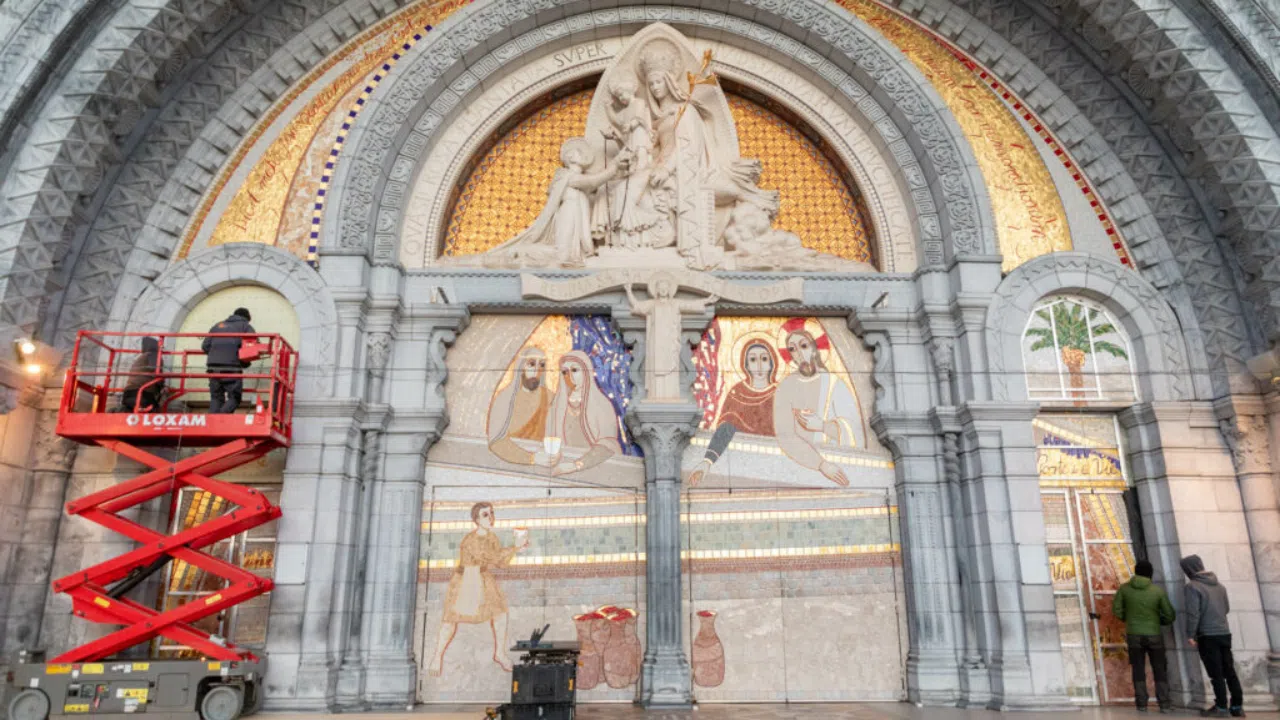In May, the Vatican doctrinal office implemented a new system for evaluating alleged Marian apparitions. These norms have been applied quickly. Within about three months, there have been 7 pronunciations from the Vatican: four giving the green light to several Marian apparitions and three issuing a rejection.
One of the green lights includes the approval of devotion to Mary Rosa Mystica, who sent messages to a nurse in Italy between 1947 and 1966.
But there are three other cases that do not have the Vatican's approval. This could be for several reasons, as a mariologist explains:
FR. ANTONIO ESCUDERO
Mariology expert
In the norms, it indicates those aspects that can already inspire motives to take a more distanced position. For example, when a certain psychological pathology is detected, when there are commercial interests, when there is a search for dominion over the spirits, or when, for example, there is a way to create a division or separation within a certain ecclesial community.
One example of this is the case of Trevignano in Italy. The Dicastery made its stance clear.
CARD. VÍCTOR MANUEL FERNÁNDEZ
Prefect, Vatican Dicastery for the Doctine of the Faith
In the case of Trevignano, the bishop had the encouragement of our Dicastery to act. Now we can say so. Before it was not said. We can specify it: he had the accompaniment and support to declare it as not supernatural.
Similar is a case in Amsterdam in the 1940s, which Pope Paul VI had already said that he did not see these alleged apparitions as supernatural.
These responses from the Dicastery for the Doctrine of the Faith are based on whether or not the cases are in accordance with doctrine. At no time does the Dicastery declare a Marian apparition to be true. This power can only be exercised by the Pope, as he did with Fatima and Lourdes.
CA
TR: AT
